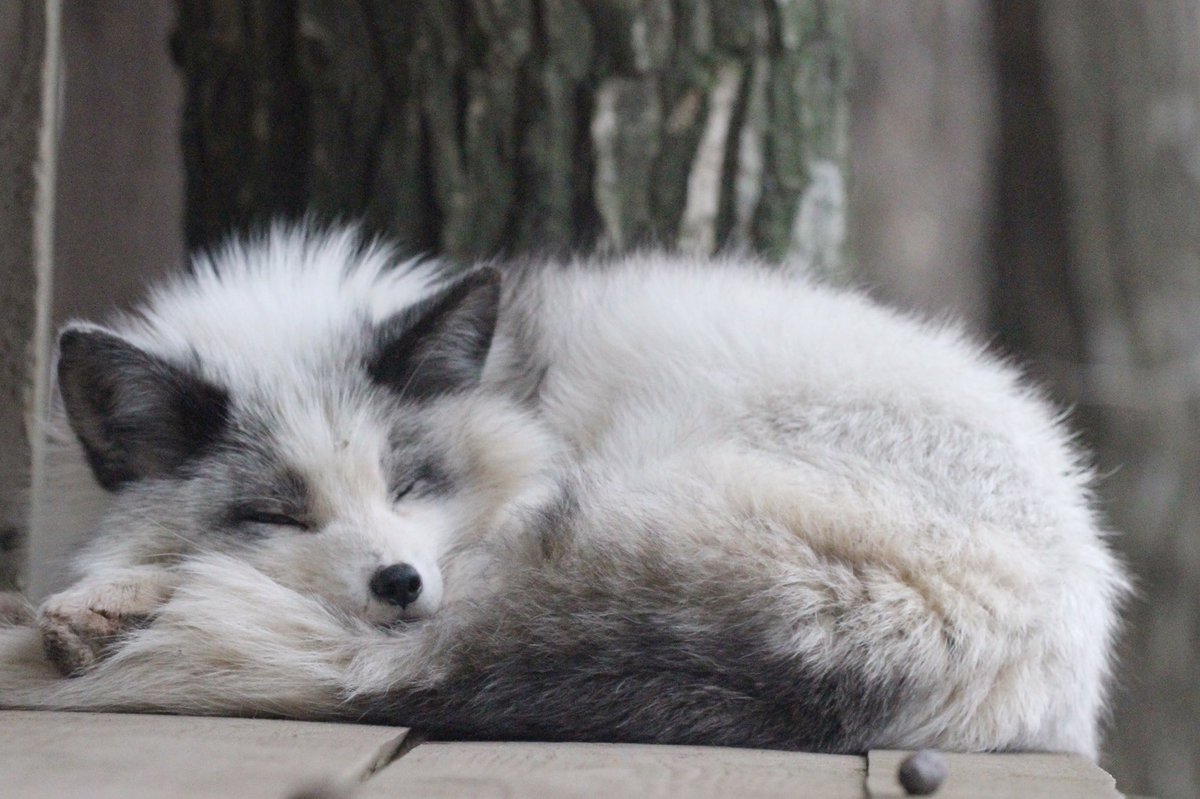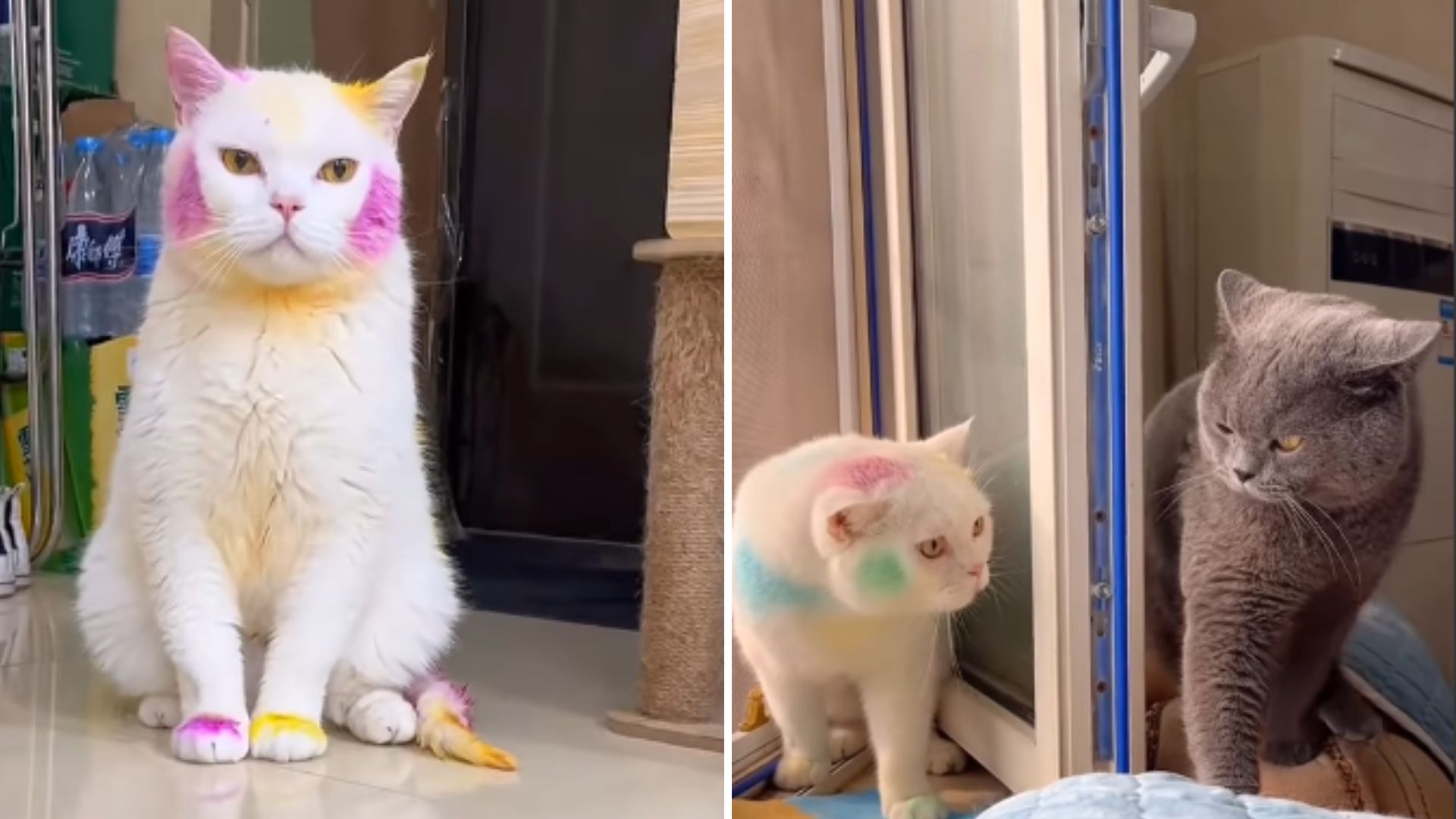The Marble Fox, known for its stunning and unique fur pattern, is a captivating creature that has intrigued animal enthusiasts and nature lovers alike. Despite its exotic appearance, the Marble Fox is not a distinct species but a color variation of the Red Fox (Vulpes vulpes), created through selective breeding.

Characterized by its striking blend of white, gray, and black fur, the Marble Fox looks like a living work of art. This distinctive coat pattern provides excellent camouflage in snowy and rocky environments, though it is often found in captivity rather than in the wild. The captivating fur makes the Marble Fox highly sought after in the pet trade and fur farming industry.

Marble Foxes share the same behaviors and characteristics as other Red Foxes. They are highly adaptable, intelligent, and resourceful animals, capable of thriving in diverse habitats ranging from forests to urban areas. Their diet is omnivorous, consisting of small mammals, birds, insects, fruits, and vegetables.

In terms of social structure, Marble Foxes are generally solitary animals, coming together primarily during the mating season. They communicate using a complex system of vocalizations, body language, and scent markings. These clever canids are also known for their playful behavior and cunning hunting techniques.

While the Marble Fox’s beauty is undeniable, it’s important to consider the ethical implications of breeding animals for aesthetic purposes. Many Marble Foxes are bred in captivity, and their domestication can lead to welfare concerns. Potential owners should be aware of the responsibilities involved in caring for such an animal, including meeting their physical and mental needs.

The Marble Fox serves as a reminder of nature’s incredible diversity and the intricate beauty found within the animal kingdom. Its ethereal appearance continues to captivate hearts, symbolizing the mysterious and ever-fascinating world of wildlife.









